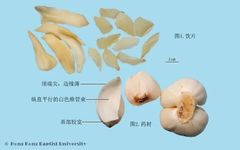“Warm Winter Time”
WARM WINTER TIME

2022>>>>
WARM WINTER TIME
Yin deficiency constitution (Yin xu ti zhi) is characterized by a deficiency of bodily fluids, essence, and blood, leading to symptoms of internal heat. It ranks fourth among the偏颇体质 (pian po ti zhi) types in the epidemiological survey of TCM constitutions in the general population of China. With the fast pace of modern life, more people are experiencing poor lifestyle habits such as frequent late nights, excessive indulgence, irritability, and a preference for spicy foods, which severely damage the body’s Yin fluids, making Yin deficiency constitution a growing concern.
Characteristics of Yin Deficiency Constitution
Yin deficiency constitution is primarily characterized by symptoms of dryness in the mouth, throat, and heat in the palms and soles. The standards for classifying and determining TCM constitutions (ZYYXH/T157-2009) summarize it as follows:
① Physical characteristics: The body is generally slender.
② Common manifestations: Heat in the palms and soles, dryness of the mouth and throat, slightly dry nose, preference for cold drinks, dry stools, red tongue with little moisture, and thin, rapid pulse.
③ Psychological characteristics: Impulsive temperament, extroverted, and lively.
④ Disease tendency: Prone to conditions such as deficiency fatigue, seminal loss, and insomnia; easily affected by heat pathogens.
⑤ Adaptability to external environments: Tolerates winter but not summer; cannot withstand heat, humidity, or dryness.
Formation of Yin Deficiency Constitution
① Congenital insufficiency: In terms of the formation of Yin deficiency constitution, Zhu Danxi believed that a child’s constitution is closely related to the mother. The “Yongyong Jicheng” states: “Those who observe that the mother’s Yin blood is insufficient often suffer from Yin deficiency heat, and when afflicted with smallpox, they are more likely to experience kidney deficiency and internal ulceration, all due to congenital insufficiency.” This indicates that weak parents, advanced maternal age, or premature birth can lead to a congenital deficiency of Yin, resulting in an individual’s Yin deficiency constitution.
② Acquired influences: Epidemiological surveys of TCM constitutions in the general population of China show a higher prevalence of Yin deficiency constitution in the western regions (Gansu Province, Qinghai Province). This may be related to the high altitude, windy, and dry climate of these areas, along with strong sunlight that easily depletes Yin fluids. This suggests that specific climatic, geographical, and social factors can lead to the formation of particular constitutional characteristics. Additionally, poor lifestyle habits such as excessive consumption of spicy foods, alcohol abuse, excessive indulgence, and overwork can promote the development of Yin deficiency constitution, leaving the body in a state of Yin fluid deficiency.
Yin Deficiency Constitution and Disease
Individuals with Yin deficiency constitution tend to have a deficiency of bodily fluids, essence, and blood, making them more susceptible to heat-related illnesses or presenting symptoms of Yin deficiency after becoming ill. Thus, the “Suwen: On Regulating the Menstrual Cycle” states: “Yin deficiency leads to internal heat,” and the “Shanghan Zongbing Lun” mentions: “All people have varying strengths and weaknesses in their constitution… those with a history of heat are often afflicted with Yang excess and Yin deficiency, or Yang toxicity.” The “Danxi Yilun Xuan” notes: “In life, each person’s constitution has its biases… those biased towards Yin deficiency have dry heat in their organs and are prone to warm diseases.” Many clinical scholars have also found a correlation between Yin deficiency constitution and various diseases. Some studies have shown that the proportion of individuals with dry eye syndrome who have Yin deficiency constitution is the highest; the main constitutional types for type 2 diabetes are Yin deficiency, phlegm-dampness, and blood stasis; and the primary constitutional types for oligospermia and azoospermia are damp-heat, Yin deficiency, and Qi deficiency.
Regulation and Treatment of Yin Deficiency Constitution
① Dietary therapy: Individuals with Yin deficiency constitution should consume more foods that are sour and sweet, cool or cold in nature, and have the effects of nourishing Yin fluids, clearing internal heat, and moistening dryness. Suitable foods include pears, sugarcane, water chestnuts, grapes, pomegranates, citrus fruits, lotus root, tremella, black sesame, lily bulbs, Chinese yam, and lotus seeds.
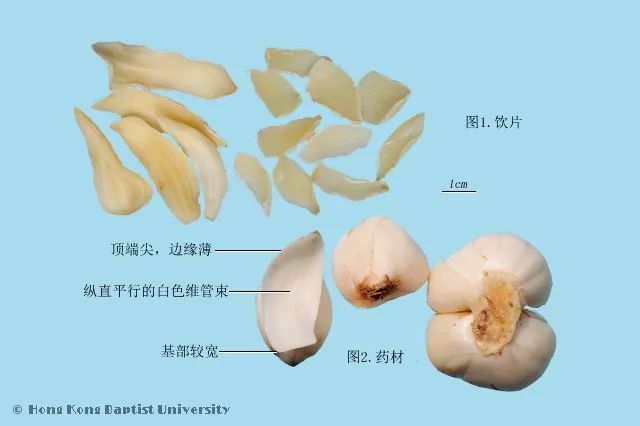
② Moderate exercise: Individuals with Yin deficiency constitution have insufficient Yin fluids and bodily fluids. If they engage in high-intensity or prolonged exercise, it can lead to excessive sweating and thirst, further depleting Yin fluids. Therefore, it is advisable to choose moderate-intensity, intermittent exercise, such as Tai Chi, Ba Duan Jin, and fitness routines that combine movement and stillness.
③ Herbal regulation: The principle of herbal treatment is to nourish kidney Yin and strengthen water to control fire.
Ejiao (Donkey-hide gelatin), which is neutral in nature and sweet in flavor, enters the Lung, Liver, and Kidney meridians. As a “holy medicine for blood supplementation,” it is first recorded in the “Shennong Bencao Jing” and is classified as a superior herb. It is noted for treating internal bleeding, dull pain in the waist and abdomen, and excessive menstrual bleeding in women. This herb has the functions of nourishing blood, nourishing Yin, moistening the lungs, and stopping bleeding. By preserving fluids, it also preserves blood, and nourishing blood can generate fluids, making it a commonly used medicine for regulating Yin deficiency constitution.
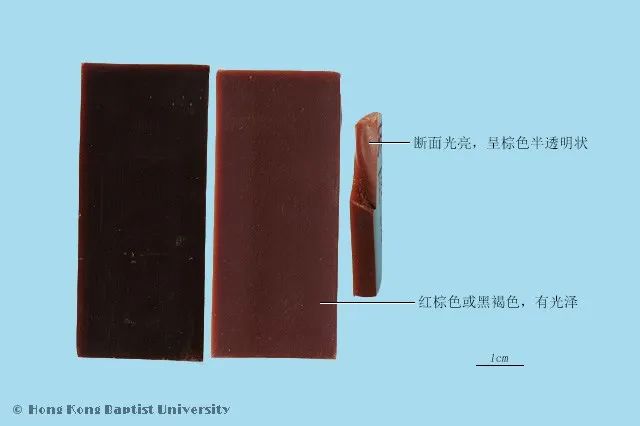
Da Bu Yin Wan (Great Yin Supplement Pill), a formula from the Yuan Dynasty representative of the Yin-nourishing school, Zhu Danxi, is a famous formula for nourishing kidney Yin, composed of five herbs: Shu Di Huang (Rehmannia Root), Gui Ban (Tortoise Shell), Huang Bai (Phellodendron Bark), Zhi Mu (Anemarrhena), and Zhu Ji Sui (Pig Spinal Cord). The formula reflects the principle of “nourishing Yin while clearing heat” and “preserving fluids to preserve blood, nourishing blood to generate fluids.” Shu Di Huang and Gui Ban work together to replenish essence and marrow, nourishing the kidneys and benefiting essence, while Huang Bai and Zhi Mu achieve the effect of nourishing Yin and clearing heat. Zhu Ji Sui, as a product of blood and flesh, supplements marrow with marrow, enhancing the effect of replenishing essence and preserving fluids.
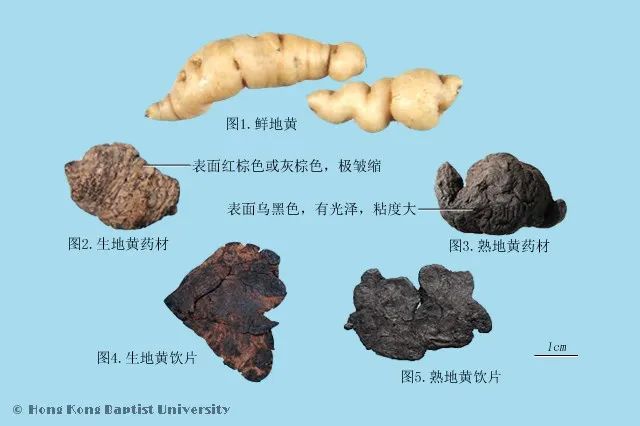
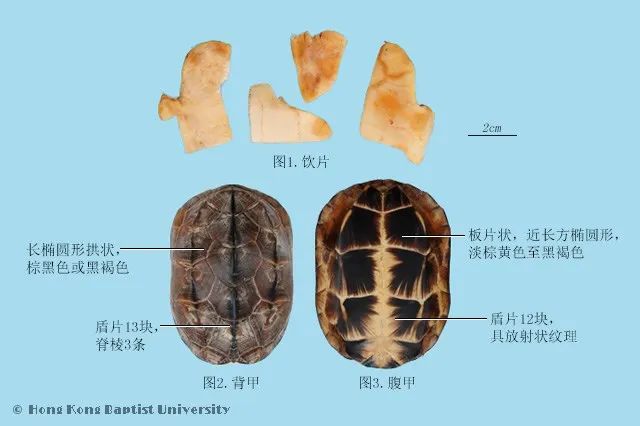
Do you want to know your constitution? If you have a Yin deficiency constitution, would you like to know how to improve and regulate it? You can visit the TCM/Sub-Health Management Clinic at Zhongshan Hospital affiliated with Fudan University for consultation and assessment.
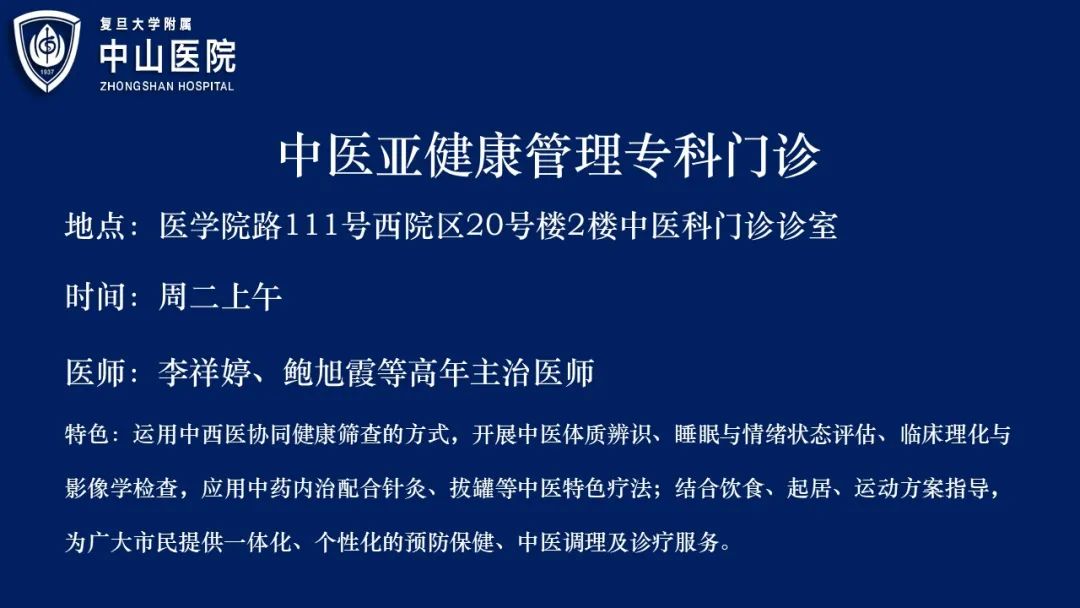

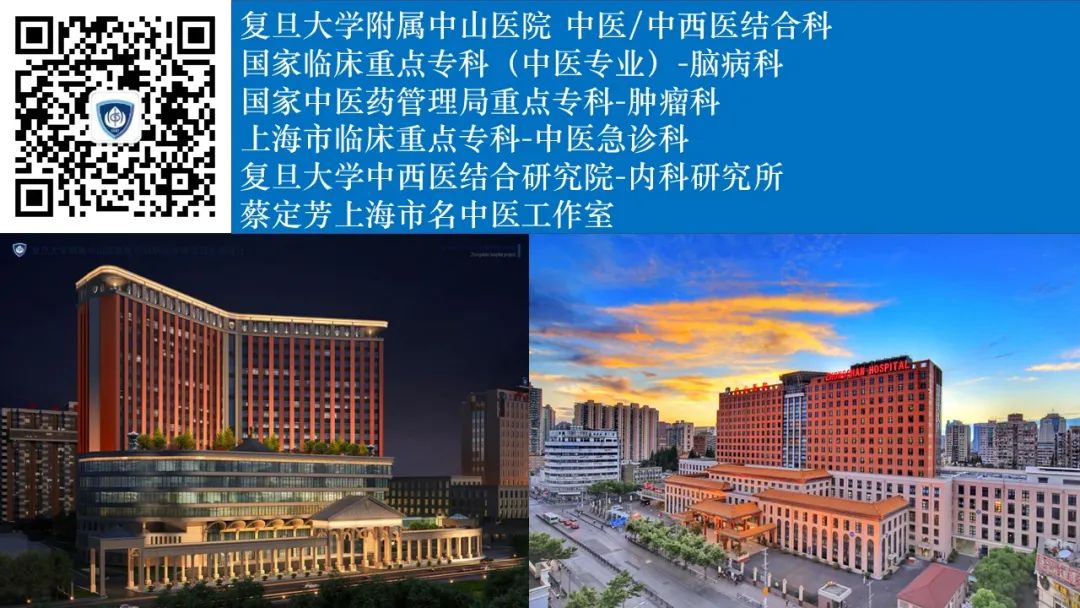
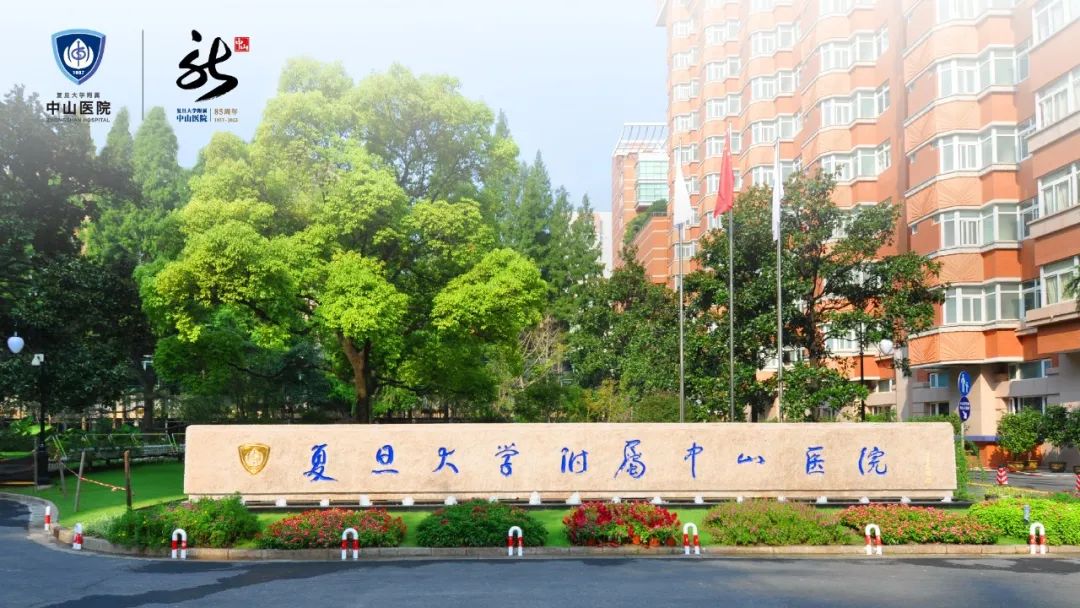
Disclaimer:
This article’s images are sourced from Baidu Images and are intended for educational dissemination only, not for commercial use. Copyright belongs to the original authors.
Reviewed by: Yang Yunque, Zhang Wen, Bao Xuxia

